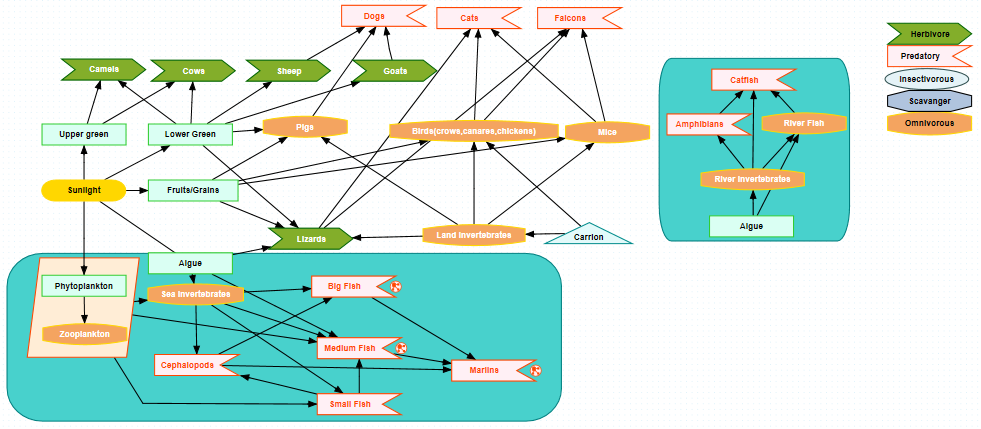HOME | DD
 AyzekKlark — Tiandi,chapter 1: The Legacy of the Earth
AyzekKlark — Tiandi,chapter 1: The Legacy of the Earth

#scheme #sciencefiction #scifi #spacestation #speculativeevolution #spacehabitat #specbio #speculativebiology #speculativezoology #specevo #alteevo
Published: 2021-12-29 16:43:09 +0000 UTC; Views: 1281; Favourites: 4; Downloads: 0
Redirect to original
Description
This scheme is my contribution to Salpfish1’s contest (www.deviantart.com/salpfish1/j… ) It's not a drawing, but I think it's important for understanding.
"Despite the general decline of humanity, the creation of a sustainable ecosystem was approached with all seriousness. Countless soil bacteria and fungal organisms, detritivorous invertebrates such as earthworms, isopods, springtails and mites and scavengers - ants, crustaceans, crickets and beetles were brought to the world. In addition to organisms obviously important for a healthy ecosystem, pests have been introduced into the world, accidentally or intentionally. In turn, invertebrates such as ladybugs, golden-eyed beetles, ground beetles and predatory snails were introduced to combat aphids, snails and others.
Together with invertebrates and microorganisms, forests and Tiandi fields were actively planted. Given the need for farming by ancient methods, the rural area of the temperate forests of North America was taken as a basis. Thousands of species of grasses, cereals, flowers, ferns, mosses and algae, several dozen trees, in particular oaks (Quercus alba), maples (Acer rubrum, Acer saccharum), poplars (Populus tremuloides) and walnuts(Juglans nigra). Frost-resistant grasses and coniferous trees (Picea glauca, Abies balsamea, Picea sitchensis, Pinus ponderosa) were bred for the twilight zone.
The animal diversity of Tiandi was not rich. Cows, pigs, goats and sheep, chickens were bred on farms, in some farms one-humped camels were bred by government order. Dogs and cats were very common. Of the wild birds on Tiandi, you can meet crows, canaries and falcons. Herbivorous and predatory lizards, mice run around in the forest floor.
Fish farms were an important part of the habitat's food base. In addition to invertebrates and amphibians (salamanders, newts, frogs), carassius, carp, trout, perch and catfish(as top predators) swam in the rivers. In the oceans, sardines, anchovies, saury, herring, tuna, mackerel, cod occupy all their usual small and medium niches. Large predatory niches are occupied by great barracudas and Atlantic blue marlins. There are also a lot of bivalve mollusks, bottom crustaceans and several species of flying squid in the seas.
All this diversity of organisms is now left to itself. Many niches have been filled by human labor, but there is still room for evolution. It will take only some 15 million years and this world will change beyond recognition. Or... will it become vaguely familiar?"

























